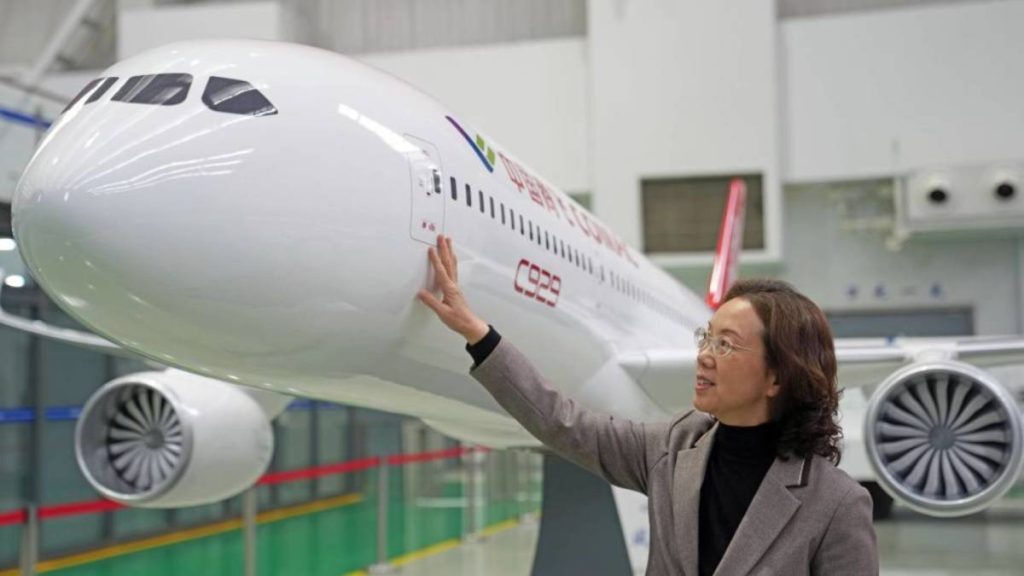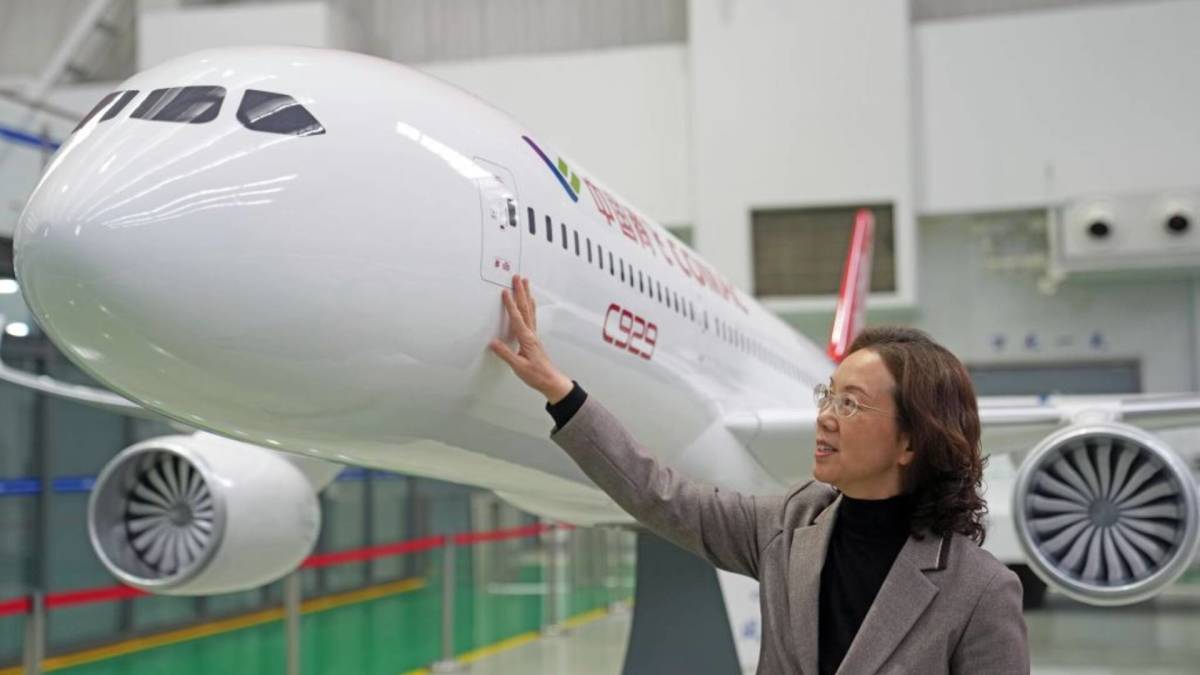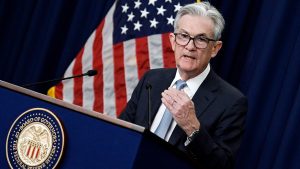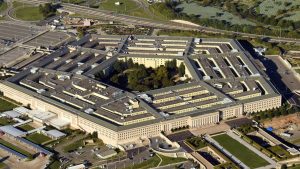China may have made its first big mistake in U.S. trade war

Most leaders spend the majority of their economic energy trying to avoid trade wars, but President Donald Trump isn’t like most leaders.
He truly believes that tariffs are a good way to force your trade rivals to act “fairly” when dealing with the U.S., which he says has been taken advantage of for decades by its trading partners.
💵💰Don’t miss the move: Subscribe to TheStreet’s free daily newsletter 💰💵
The problem with trade wars is that they can get messy, and oftentimes, the offensive move you make against a foreign adversary could have detrimental blowback to your interests back home.
Last week, the Trump administration was forced to admit that its 145% tariffs against China may have gone a bit too far. This was after after Trump issued tariff carveouts for certain electronics like smartphones and laptops because that vital section of the economy could not withstand the extra costs.
Related: Apple’s tech tariff exemption had one shocking supporter
The administration rightly calculated that since the majority of China’s exports to the U.S. are electronics, tariffs on that sector would inflict the right amount of pain. But whether it was because of special interests or a moment of clarity, both countries avoided the worst-case scenario.
But this trade war is bilateral, and the U.S. isn’t the only country prone to making mistakes in such a fraught environment.
China may have just made its first blunder in this match, according to a new report, and it could be devastating for the country.

Image source: Ying/Xinhua via Getty Images
China shoots itself in the foot with aviation move
China is expected to be the biggest market for plane deliveries over the next 10 years, thanks to a rapidly expanding middle class and greater room to grow toward modernizing its fleets, compared to its counterparts in the West.
Boeing is one of the world’s largest planemakers, and the U.S. company is currently being hobbled by a string of self-induced errors. So China probably thought it could hurt two birds with one stone after the country told airlines to withhold new orders of Boeing aircraft and seek approval before taking delivery of plane orders.
While China does have its own plane-building company, Shanghai-based Comac, it does not have nearly the capacity, nor the expertise, to replace Boeing’s production.
Boeing exported nearly $12 billion in aircraft, spacecraft, and parts to China in 2024 while importing virtually nothing, the Wall Street Journal reported.
The problem with this strategy is that China needs Boeing.
The Comac C919 is being pitched as the Chinese version of Boeing’s popular 737 MAX and European rival Airbus’ A320neo. But Comac doesn’t sell very many C919s, either inside or outside China.
Since its maiden flight in 2017, Comac has carried over one million passengers, but Air China, the country’s largest airline, says the C919 accounts for less than 1% of its 930-plane fleet.
Related: Forget tariffs, billionaire Ray Dalio says this is the bigger threat
Comac also relies on Leap engines from a General Electric Aerospace joint venture, cockpit systems from Honeywell International, and other technology from RTX, all of which are U.S. companies.
The fallout from Trump’s tariff war
Despite the considerable sound and fury kicking off President Donald Trump’s version of negotiations, the U.S. was clearly placed on the defensive after China really started retaliating against U.S. tariffs.
The back and forth has people in the business community worried about worst-case scenarios.
“[We’re] very close to a recession. And I’m worried about something worse than a recession if this isn’t handled right,” Bridgewater Associates founder Ray Dalio recently said, while going on to define a recession as two consecutive quarters of negative gross domestic product growth.
Read more:
- Billionaire Michael Bloomberg sends hard-nosed message on economy
- Jim Cramer offers blunt one-word reaction to 20% tariffs
- Analyst who predicted 2024 stock market rally offers blunt post ‘Liberation Day’ forecast
During the Great Recession, which officially lasted from December 2007 to June 2009, real GDP fell by 4.3%. The economy shed over 8.7 million jobs between February 2008 and February 2010.
In 2008, the S&P 500 fell by nearly 40%, the Dow dropped by 35%, and the Nasdaq fell by 42%.
“We are having profound changes in our domestic order…and we’re having profound changes in the world order. Such times are very much like the 1930s,” Dalio said.
Related: Veteran fund manager unveils eye-popping S&P 500 forecast
#China #big #mistake #U.S #trade #war




